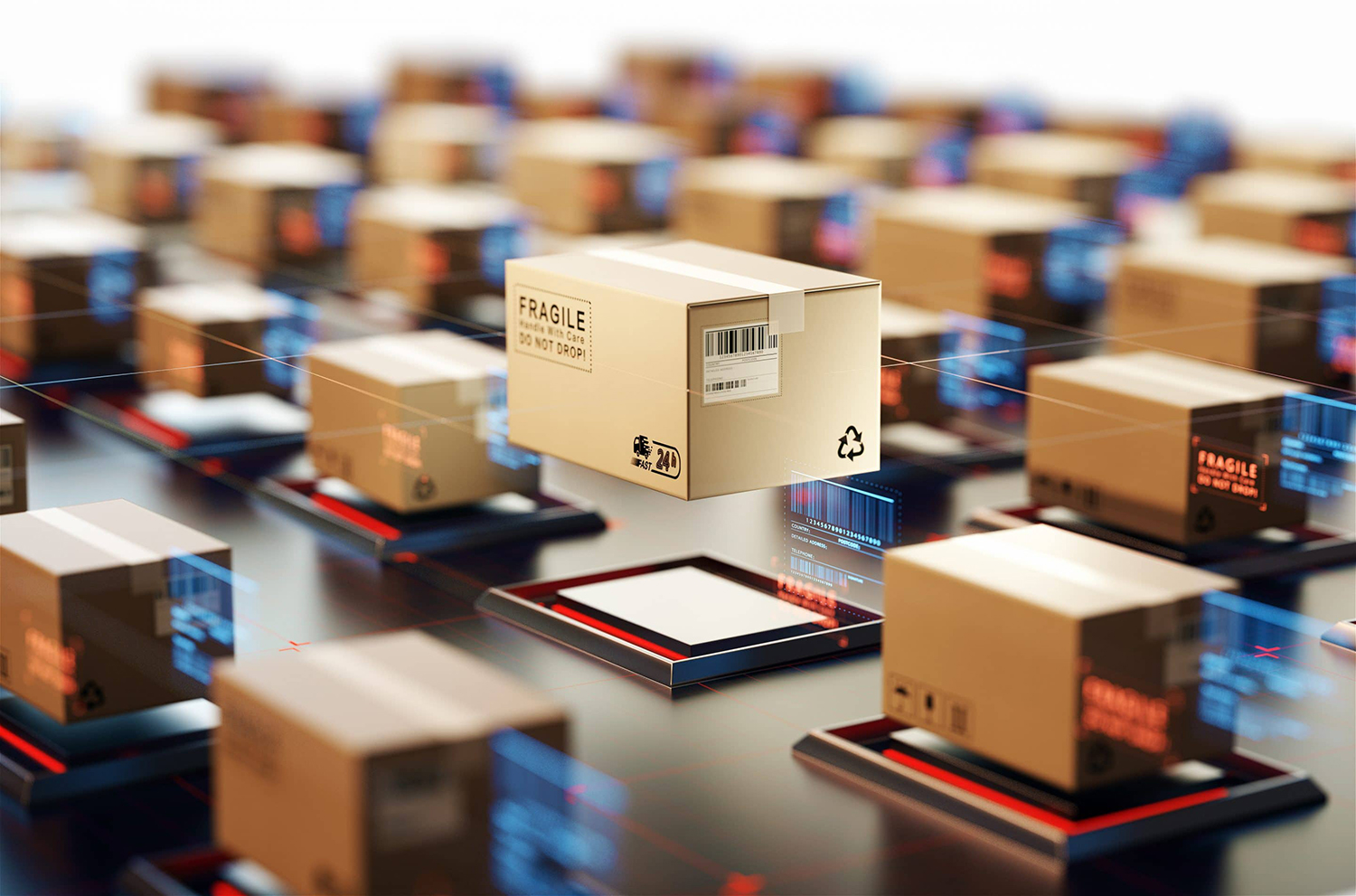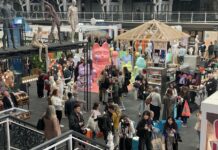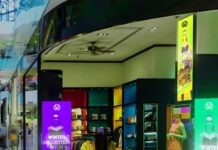Although I was hoping for announcements from CES on how 5G will change our lives, and the impact AR is going to have on consumer feedback data, what did come out didn’t disappoint.
The key developments announced at CES that piqued our interest were:
1. Halford’s smart ‘Cybic bikes’, linked to Alexa. The usefulness of the Cybic bike is clear for anyone who has tried to juggle looking at their phone GPS while cycling along a busy road. Might the next stop for consumer retail see shopping trolleys, mobility scooters and smart phone/watch apps streamlining shopping experiences in a similar way?
We already have apps for planning menus, for noting down our shopping lists, for alerting us to bargains from different brands. But, what if our visit to the high street or supermarket, or out-of-town shopping centre could build on real-time queuing and parking information? What if it could be informed on an item-by-item basis to plan routes around the shopping centre or individual store, while checking stock levels and promotions in different stores, to avoid wasted trips?
2. China’s largest retailer, JD, made its debut at CES 2019. The company has launched two smart delivery stations to strengthen its autonomous ‘Boundaryless Retail’ capabilities. The company’s delivery robots can be loaded with parcels to deliver within a five kilometre radius, planning routes to avoid obstacles and recognise traffic lights. Essentially, the company is trialling facial recognition software to enable consumers to access their parcels ‘wherever and whenever they want’.
There are suggestions that consumers will focus on convenience over speed of fulfilment in 2019, and watching e-commerce giants as they use emerging technologies to cater more specifically to individual consumers’ requirements will be the tech to watch. With consumers expecting ever more personalisation, but equally becoming more aware of privacy concerns, retailers across the board will need to manage the adoption of new facial recognition technologies with the same regard for privacy as the likes of established tech giants like Apple.
3. The Mui interactive plank, unveiled during the show, is essentially just a plank of wood in terms of how it looks on the wall. But it’s one that is connected to the Internet and acts as a touch pad to provide access to any number of connected devices.
If tech can become more ‘aesthetic’ in this way, it will better suit brands or retailers who have a more natural feel to their sales environments, opening up the use of latest tech to many more adopters. Where most technology has a prominent metallic or glass or synthetic look and feel, those brands that are usually disinclined to incorporate these materials have been resistant to adopting the full range of new technologies. But, if they now can, when used well the tech has great potential to enhance consumer experiences in store. At a time when bricks-and-mortar stores are having to up their game to stay relevant, might ‘natural’ tech be another trend to watch, to bring in-store tech-led experiences to the mainstream?
4. As with technology in retail, manufacturers and developers need to find a balance between valuable tech, and tech just for the sake of it. One of the interesting things, as is often the case at CES, was how many products were unveiled that did not draw a big applause. ‘They’re putting Alexa in everything and I’m getting a little bit tired of it,’ one user-interface specialist from a major car-maker told the BBC, continuing: ‘If I want to open my toilet why should I tell Alexa to open my toilet instead of opening it myself?’.
There’s also a parasol you can talk to, a carafe that heats water instantly as you pour it, and a headset that sends an electrical signal to your hypothalamus to help you lose weight by making you less hungry…According to Google’s Insights, ‘In 2019, integrations with digital assistants are no longer a differentiator. They’ll have to go beyond novelty gimmicks that people try once then forget. The most successful integrations will be those that make people’s lives easier and help them get things done’. This thinking is exactly the same as when you’re designing shopper experiences. There is such a risk of brands adopting technology just for the sake of it, rather than putting in the work to ensure the retail experiences being created are going to offer real value to consumers.
5. CES is often the place for new TV technologies to be launched and this year was no different. LG Display managed to keep one product reveal a surprise – unveiling the ‘world’s first’ rollable OLED TV. As well as being able to be rolled away and very thin, it also works when curved, has really black ‘black’, can be transparent, and can have ‘exciters’ attached meaning sound can be distributed from different points across the screen.
Samsung also revealed some new tech, the most interesting as far as we are concerned being the 75 inch Micro LED TV, which is the first of its kind. Making LEDs as small as this enables a new level of vibrant, bright display in a screen this small. But, what’s more, the screens work in modules, so you can change the number and format of modules to easily change the size and shape of the display.
So rollable, or modular; both technologies offer exciting prospects to brands and retailers wanting to up their game to create stand-out in busy and competitive markets. Think of the flexibility offered to an in-store or in-duty free experience that could be afforded with curved screens. And with the modular Micro LED, there’s no reason to have substandard visuals even for pop-ups that are designed and built with flexibility and ease of transport in mind. Neither product would be ready to install in experiential retail just yet, but this is definitely one of our ones to watch over the next year or two.




















